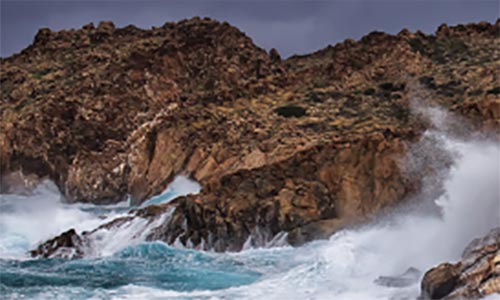

- #3d visual of computational mesh mike 21 serial#
- #3d visual of computational mesh mike 21 update#
- #3d visual of computational mesh mike 21 free#
Economic loss includes damage to businesses, residential properties, roads, bridges, buildings and automobiles. Every year, flooding incurs loss of life, economy, environment and agriculture. Flooding is one of the main natural hazards and occurs frequently all over the world, especially in Asia and Africa than other countries.
#3d visual of computational mesh mike 21 serial#
The serial ESRF also called the Potter scheme processes one independent measurement at a time and only works for 0D station data (e.g.Natural hazards are inevitable, unfortunate events resulting from combination of natural, geological and anthropogenic disturbances. Three different ESRF schemes or algorithms can be chosen: one with serial processing of measurements and two formulated in the ensemble transform Kalman filter formulation. ESRF performs much better than perturbed-measurements-EnKF for small ensembles. when measurements are available).Īll EnKF implementation in MIKE FM are “deterministic” so-called square-root type filters (ESRF) opposed to the original stochastic perturbed-measurements-EnKF proposed by Evensen 1994.
#3d visual of computational mesh mike 21 update#
The forecast step is performed for every numerical model time step, the update step is performed after some forecast steps (e.g. Each update is a linear combination of anomalies which ensures physically sound updates. Mean state and anomalies are updated separately. Update: assimilate observations using the update equation.Forecast: Propagate all ensemble members (and model errors - see Model Errors).In practice two steps needs to be performed: This sample error covariance is perhaps the most important component in the ensemble Kalman filter EnKF. Now having an ensemble of states and thereby the anomalies, we can estimate the model error covariance P for any variable and in any point of our domain. It can be useful as a baseline run as the very first simulation. MIKE 21 HD or MIKE 21 SW) but with the validation and output capabilities of the DA engine. The model run will then be the same as the base model (e.g.
#3d visual of computational mesh mike 21 free#
The free run may be conducted with just one ensemble member and without perturbation (no model errors). The output of a free run may also be used for defining a static background ensemble which can be used as input to an Ensemble OI model (see EnsembleIO below). The ensemble should have enough spread to “cover” the observations in some sense. It is advised to perform a “free” run and assessing the ensemble spread etc before proceeding with a data assimilation model. We use the term “free” or “open loop” run for an ensemble model run without assimilating measurements (type 0). On top of this, the DA model also has a separate mean state, which is not propagated by the numerical model. Each of these are propagated individually one time step forward at a time by the numerical model e.g. For now, it is enough to realize that an ensemble model consist of m realizations-called members-of our system state. The next chapter details how this is done in MIKE FM. We create an ensemble of slightly different realizations of our model by either perturbing initial conditions, forcings, model parameters or any combination hereof. The METHOD section lets you set the overall properties of your data assimilation model. Starting point of assimilation relative to the start_time_step = 0 start_time_step_assimilation = 1200 time_step_factor_assimilation = 30 EndSect Keyword


 0 kommentar(er)
0 kommentar(er)
